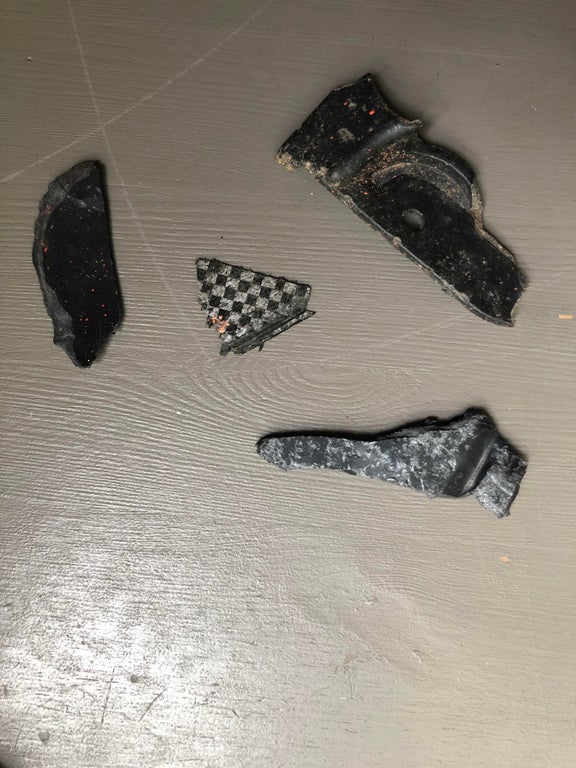Ettore Messina: Before coming to the NBA I wrongly believed Europeans were better shooters
Speaking of basic differences between basketball in Europe and its NBA version, the first thing that comes to mind is probably the size. It’s really amazing how big and athletic NBA players are. Positions that really surprised me in this regard are guards and power forwards. That’s where the difference in athleticism between our guys and NBA players is especially huge. Just look at what Blake Griffin did the other day and you’ll get the picture.
Also, NBA guys – from point guards to centers – are normally very wide, very muscular. That means, among other things, that they’re able to take up a lot of space defensively and even though there’s the «defensive three seconds rule», they can still make weak side really crowded when an offensive player is trying to make penetration towards the basket.
The rule, by the way, is a peculiar topic itself. Basically, it prevents defensive players from just standing under the rim without guarding anybody or maintaining contact. That leads to a totally different organization of the weak-side defense which requires a really smart and quick movement from the defensive players, particularly in situations when we need to «trap the box», i.e. move quickly towards the baseline to stop a dribble penetration.
The effect of the rule is further magnified by the wide three-point line. To put it short, it makes you worry less about the opponents’ three point shooting than what we’re used to in Europe, where shutting down weak-side sharpshooters is often a team’s main defensive task. In the NBA, major goal is definitely protecting the paint, except maybe when you’re playing a handful of teams that put premium on long-range shooting.
Another thing that stands out to me is that players here have really quick hands. Just try dribbling in traffic, and you’ll immediately find yourself in big trouble. Alternatively, if you’re a big man and you get the ball in the paint, you’d better avoid taking it down below waist or even shoulder level because in a heartbeat someone will be there to steal it or at the very least you’ll have hard time finishing the play.
Also on the list of impressive features on display in the NBA is lateral quickness. Players are often able to find solutions to defensive problems just by making astonishingly quick lateral moves to restore their positions. This is a truly game-changing factor.
I have to admit that before coming over here I, like many fellow Europeans, wrongly believed that we were much better shooters as compared to NBA guys. The truth is shooting percentages here are mostly the result of outstanding athleticism and savvy of the defenders. Otherwise, if you give an average player an open shot, he’ll hit it with the same consistency as your European guy.
The length of an NBA game also should be mentioned here. Previously, I’ve had a chance to experience what a 48-minute game is like during the NBA Live Tour both in Moscow and in the USA. Together with the 6-fouls rule, it really forces you to develop a different approach to the rotation and pattern of substitutions. In Europe, with the 40-minute timeline, first and last four-five minutes of each half have paramount importance for the outcome of the game. On the contrary, here it’s customary to have bench players in the game at the end of second quarter and during the starting phase of the third. Moreover, in Europe, being, say, down by 15 late in the third quarter means your chances are really slim and the game is practically over. In the NBA, trailing by 15-18 points in the third is not the end of the world because you still have almost a whole half of a European game to play.
At the same time, increased number of timeouts means you could develop a strategy for an important game that’ll allow you to have your main guns on the floor for 45 minutes or even more. You just have to use the timeouts wisely to give players enough of a rest time. Like, you could take a couple of T’s with a minute of actual playing time between them. This way, if a player is put on the bench before the first timeout and returns to action after the second one, he gets a fair amount of rest (especially considering that sometimes timeouts could last 3-4 minutes) while missing almost no game time.
Finally, there’s no avoiding the fact that we’re going through a special season in terms of importance of every single game. You know this common European perception that regular season NBA games sometimes lack intensity with players sleepwalking through the first two or three quarters? Well, you don’t see anything like that in a 66-game season. Every game is important. Every loss can affect your chances of making playoffs or getting a high enough seed for a long postseason run. And with the Lakers having a new head coach, new staff and new system, there’s no time for complacency. Everybody realizes we need to have a good season. I haven’t seen a single game so far where the intensity level wasn’t at its max from minute one, and one can assume it’ll only get tougher and more intense as we approach the end of the regular season and the start of the play-offs.
The Lakers are 12-9 at the moment after some tough losses, especially on the road where we stand 2-7. Obviously, that’s not the record we were hoping to have at this stage of the season. And after a game versus Charlotte at the Staples we’ll embark on a twelve-day, seven-game trip to the East where we’ll really need to take it up a notch to be competitive during this crucial time of the season.

